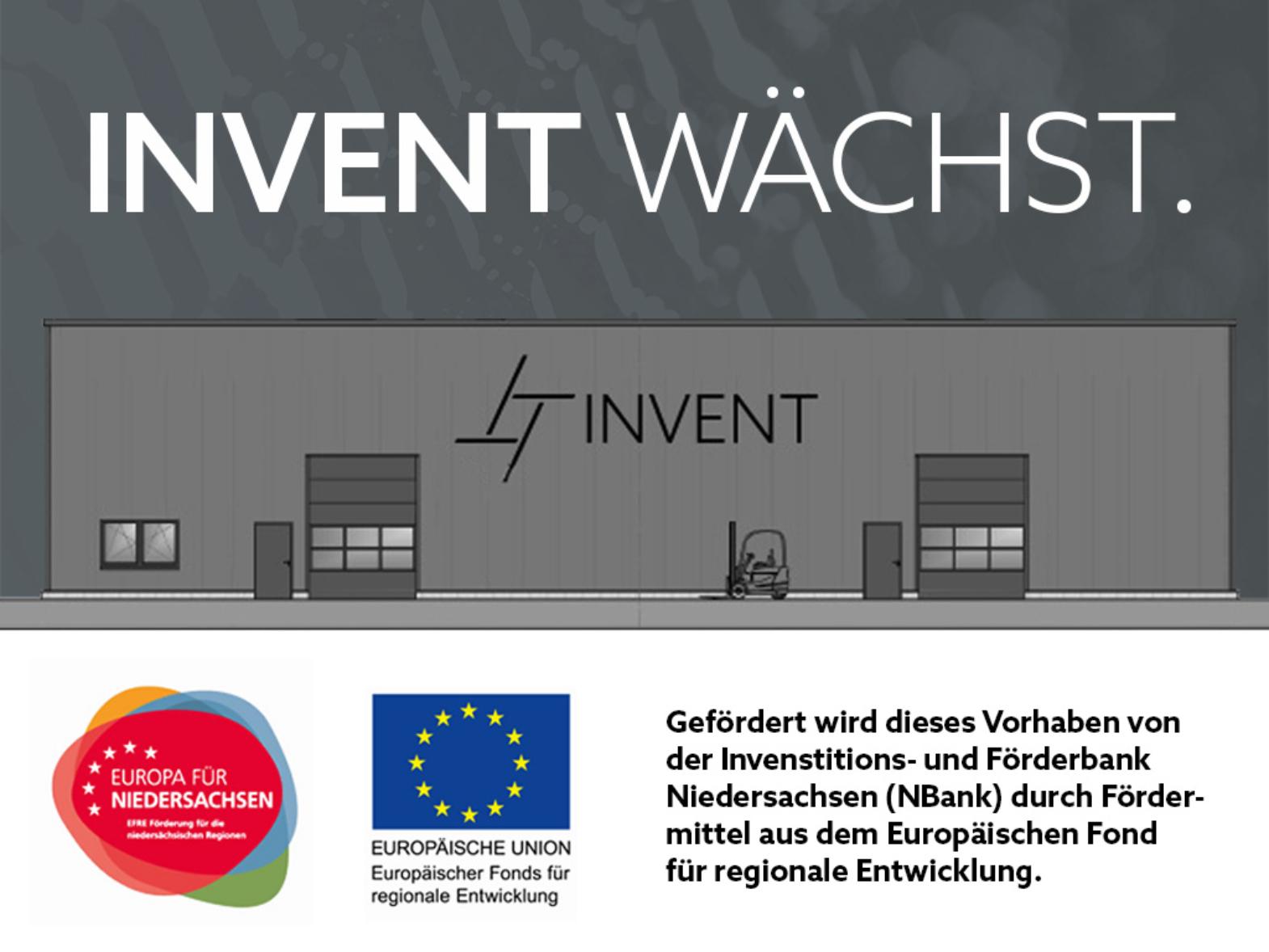INVENT GmbH delivers CFRP components for German Heinrich Hertz satellite mission.
Our lives are becoming increasingly digital – both at work and in private. This trend necessitates new technologies which are capable of transporting increasingly large volumes of data quickly and reliably around the globe. Communications satellites play a central role here: From 2022, the German Heinrich Hertz communications satellite is to serve as a platform for these novel technologies and their testing in space.

INVENT GmbH, from Braunschweig in Northern Germany, specializes in innovative aerospace composite materials and was subcontracted by OHB System AG to configure and manufacture samples and sandwich panels made from carbon-fibre reinforced plastics (CFRP) – or carbon for short. “In the past 18 months, we have, amongst other things, conducted a sampling campaign in order to characterise component parameters, thereby verifying the satellite-structure design. We have produced, tested and evaluated around 450 samples for this purpose,” reports project manager Martin Sauerbrey, adding: “In addition, we have produced and delivered 25 CFRP sandwich panels for the satellite structure, whereby we were able to perform all the production steps and material tests in-house.” Whilst INVENT has already built comparable CFRP structural panels for other space missions, such as the ESA ExoMars TGO and the Sentinel-4 Earth observation instrument, the timetable for the Heinrich Hertz mission was very ambitious, explains project engineer Julia Guerrero Santafe: “Although our first components were already being integrated into the satellite structure, we had only just begun the production of the other parts. The construction of the satellite was therefore closely coordinated and was carried out hand-in-hand with our customer, OHB.”
Moreover, INVENT co-developed and manufactured the H2KAR antenna reflector, a technology order of the Heinrich Hertz mission for in-orbit verification. The elliptical reflector is made from an optimised CFRP composite and is around one meter in diameter. The overall construction weighs around five kilograms and also comprises an antenna arm as well as various sensors. “The demands on antenna reflectors are very high: they should be light and compact in order to keep the launch weight low and to occupy as little space as possible in the launch vehicle. At the same time, they should be extremely stable and exhibit high thermal and electrical conductivity,” explains Christoph Tschepe, Head of the Space Business Unit at INVENT GmbH.
This is necessary because the thermal conductivity ensures that the temperature in the material is evenly distributed, thereby reducing deformation of the components – particularly during the transition into and out of the sun’s shadow, where there are high temperature fluctuations. Christoph Tschepe added: “In such situations, it is imperative that the components do not warp, in order for the antenna to remain precisely aligned and capable of achieving a uniform performance.”
The electrical conductivity, in contrast, is a prerequisite for good reflection of high-frequency radiation. The aim was to design the reflector in such a way that it is lighter than comparable antennas and, at the same time, can bundle the high-frequency radiation more precisely.

About INVENT
Passion for Composites
As a recognized lightweight construction specialist for innovative fibre composite technologies in the aerospace, mechanical engineering and automotive industries, INVENT GmbH in Braunschweig has been developing high-precision structural components, from the first idea to series production since 1996. INVENT’s designers and engineers work very closely together with in-house production specialists from the most diverse sectors. We are therefore able to offer our customers a complete package from a single source with regard to design, production planning, manufacturing processes, machining, joining and assembly as well as coating/painting and quality control.
About the Heinrich Hertz satellite mission
The communications satellite “Heinrich Hertz”, which was developed and built in Germany, is to be launched into space in 2022 using a European Ariane launch vehicle and will orbit the Earth for 15 years from a geostationary position, i.e. always from the same point above the Earth, at an altitude of around 36,000 kilometres. In addition to new technologies which will be tested under space conditions, around 20 experiments from the fields of communications, antenna and satellite technology will be performed on board. H2KAR is one of the selected technology order for in-orbit verification and was implemented in a consortium with the company HPS.
The Heinrich Hertz is a satellite on the basis of the SGEO platform (Small Geostationary Satellite), a small satellite with the dimensions of a small van and a weight of 3.5 tonnes. The Heinrich Hertz satellite mission is supported by DLR Space Administration, with funds from the German Federal Ministry for Economic Affairs and Energy (BMWi) and in cooperation with the German Federal Ministry of Defence (BMVg). The industrial prime contractor is OHB System AG in Bremen, Germany. The satellite mission is named in honour of the German physicist Heinrich Rudolf Hertz who, in 1886, transmitted electromagnetic waves in free space from a transmitter to a receiver for the very first time and after whom the frequency unit “hertz” is named.



